This entry on the recent discovery of tabby house walls at Sister’s Creek in Jacksonville FL is courtesy of J. Scott Barnard, a graduate student at the University of North Florida. Scott reports the house was uncovered while the woods were being cleared for construction of the new Sister’s Creek bridge on Heckscher Drive. The house’s walls are still standing, but a brick fireplace has been removed. Its history is unknown, but Scott thinks it might have been a one-room slave cabin dating from the 19th century.
It is on protected archaeological land near shell middens. Extensive middens in the area provided the oyster shells for this house, the Kingsley Plantation slave cabins, the Thomson House, and the Fitzpatrick Plantation walls—tabby sites all located within a 20-mile radius of each other in the vicinity of the Timucuan Preserve.
Location
Visitors headed to Kingsley Plantation can catch a glimpse of the tabby walls in the woods off to the side of Heckscher Drive in Jacksonville FL. The site is west of the new Sister’s Creek bridge on the south side of Heckscher. There is no parking lot, and no information is available on the stability of the walls.
Scott has kindly provided the following images to indicate location:

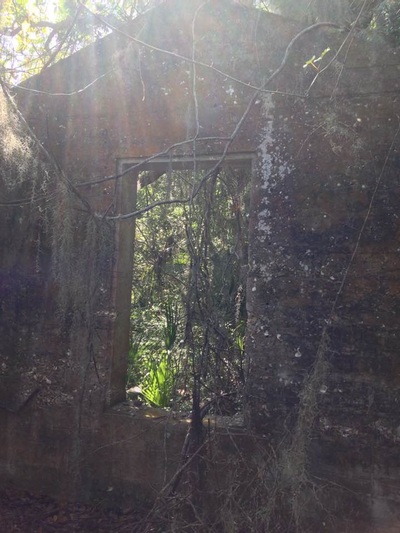
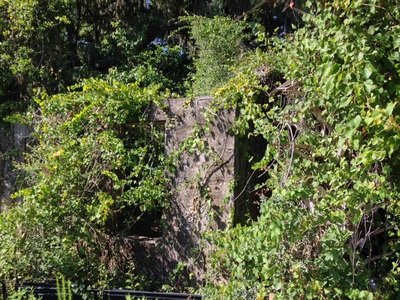
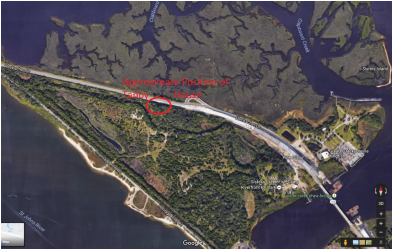
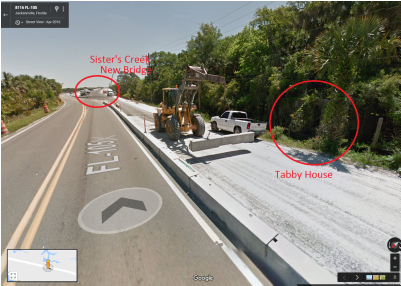
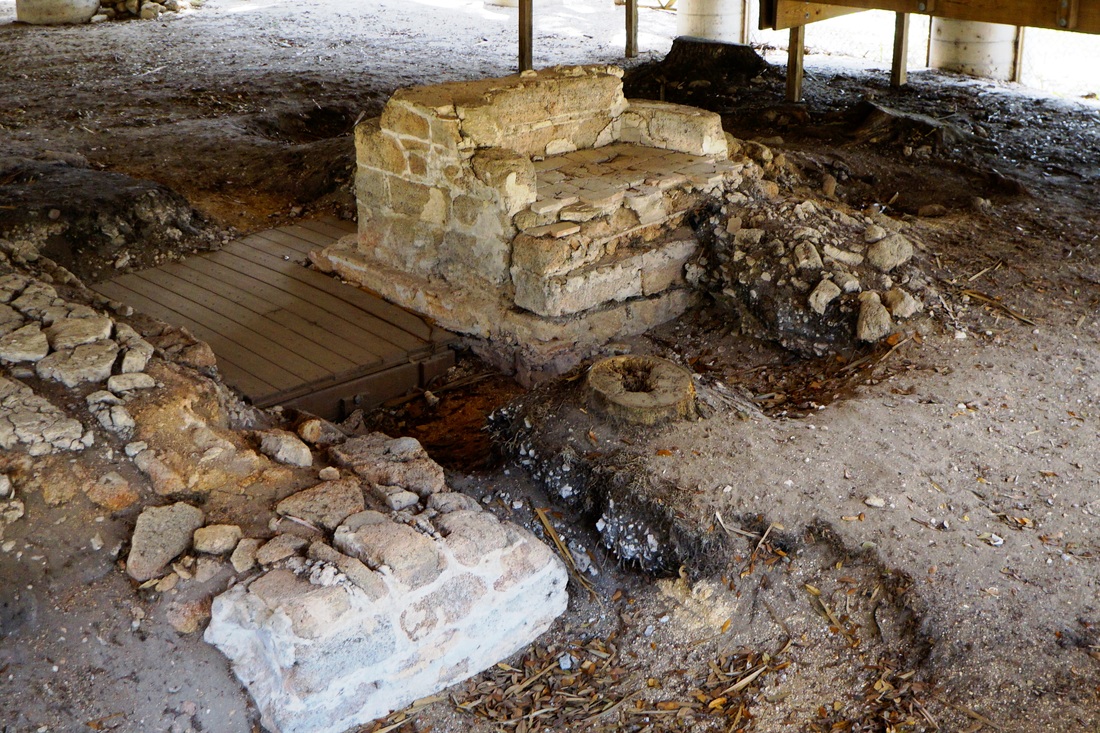
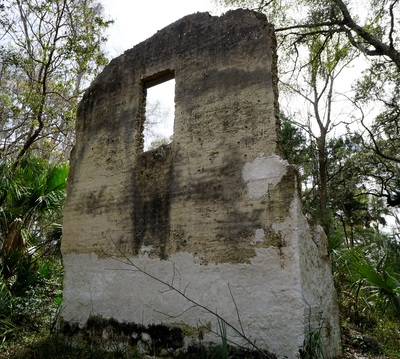
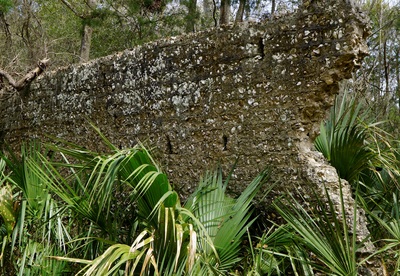
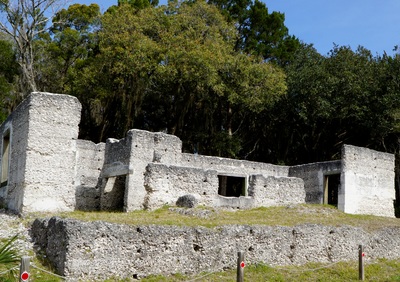
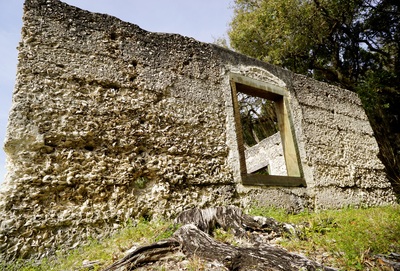
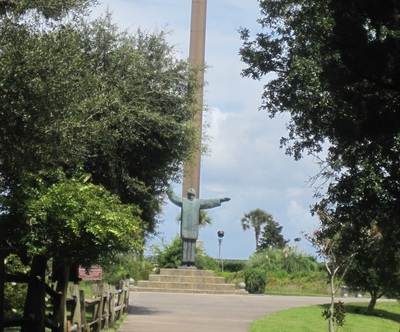
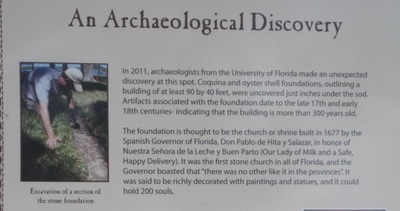

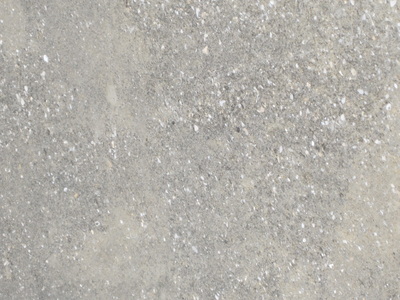
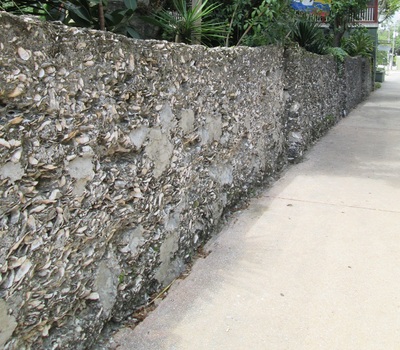
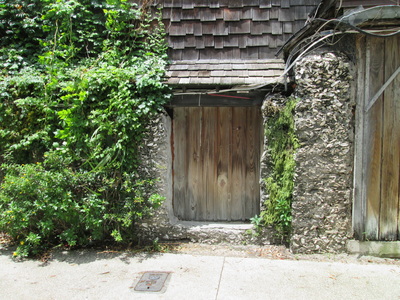
 RSS Feed
RSS Feed
